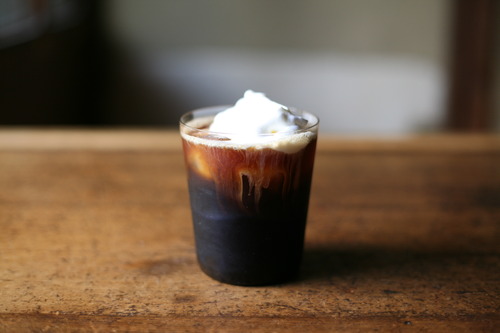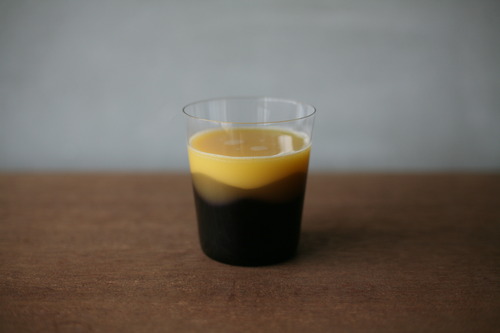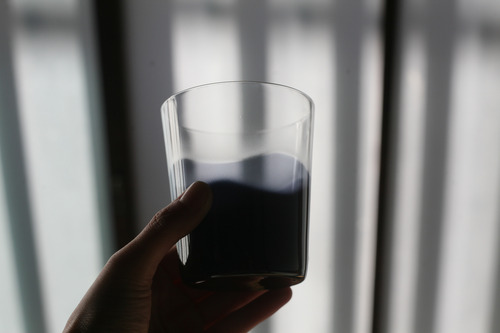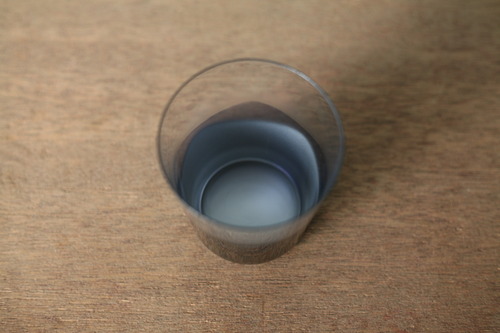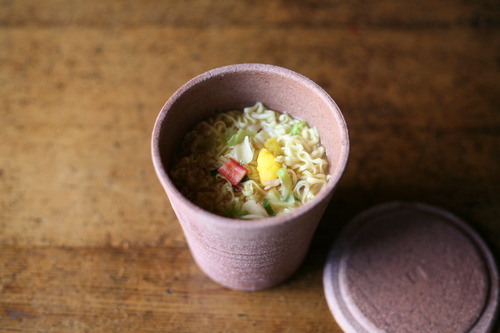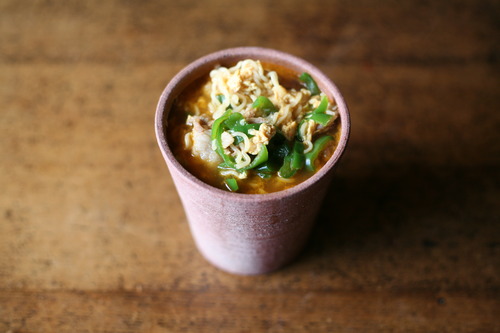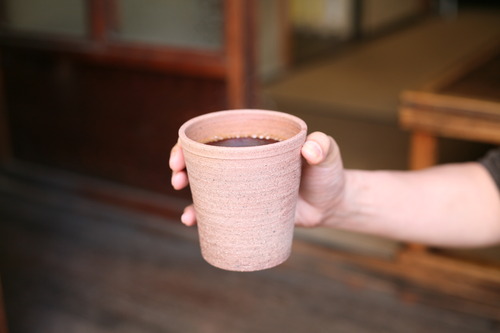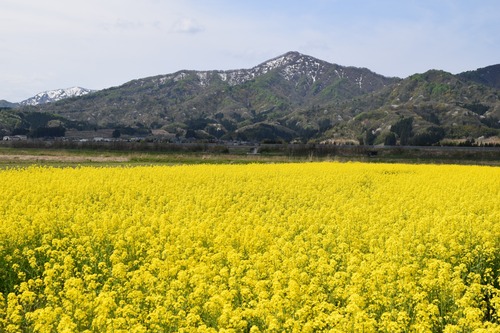
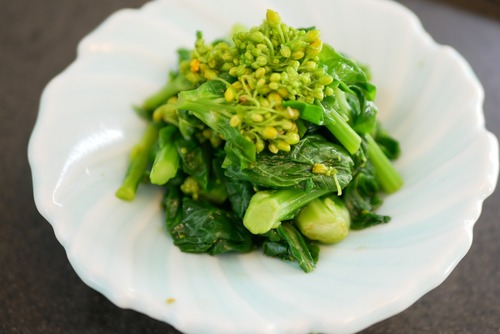
Kyoto's canola flower, with its pleasantly crunchy texture and unique pungent taste, is a unique spring food that fills not only your stomach but also your heart.
The vegetable has many different readings, such as "Nanohana" and "Nabana," but in Kyoto, they are often called "Hanana.” It has been cultivated in Fushimi Momoyama for a long time as a winter cut flower, but at some point, its buds started to be picked for eating as well. At present, Nagaokakyo City and Kizu Town in Kizugawa City are designated as the brand production areas for flowering vegetables. They are shipped from early November to mid-April, so please try them.
Another thing worth mentioning is the high nutritional value of flowering greens. It is said to contain about three times as much beta-carotene and calcium as broccoli, while it is rich in vitamin c and minerals as well, and thus, it is said that the flower buds are very high in antioxidant properties, as are the flowering plants.
Hanana is used as a garnish for bowls and salad dressing in various Kyoto dishes, but it is also widely used in Italian, French, and Chinese dishes. Hanana pickles, which have been handed down from generation to generation in Kyoto, are also known as one of the most popular Kyoto pickles.
Among them, Hanana with mustard is rich in nutrition and easy to cook, and the two ingredients go very well together as well. They are also very beautiful in color, making them a valuable addition to the table in winter when green vegetables are scarce.
Sonobe Sangyo's Pomme
https://www.shokunin.com/en/sonobe/pomme.html
Appi Urushi Studio's Flat Bowl
https://www.shokunin.com/en/appi/bowl.html
Ichiyougama's Plate
https://www.shokunin.com/en/ichiyou/plate.html
Hakusan Porcelain's Hirachawan
https://www.shokunin.com/en/hakusan/hirachawan.html
Kiya's Pincers Pot
https://www.shokunin.com/en/kiya/yattoko.html
References:
https://ja-kyoto.jp/kyoyasai/hana.html
https://kyoto.cookpad-blog.jp/articles/407805
http://www.location-research.co.jp/kyoudoryouri100/ryouri/26.html
https://jakyoto.com/recipe/%E8%8A%B1%E8%8F%9C%E3%81%AE%E3%81%8B%E3%82%89%E3%81%97%E3%81%82%E3%81%88/
